Corrective Jaw (Orthognathic) Surgery
Corrective Jaw (Orthognathic) Surgery
What Is Orthognathic Surgery?
This surgery is used to align the jaws, and is used for management of a number of conditions including undergrowth, overgrowth, asymmetry and disproportion of the face and jaws, and obstructive sleep apnoea.
Treatment
Generally orthognathic surgery is conducted alongside orthodontic treatment (braces) and sometimes prosthodontic treatment (implant, crown & bridge work) for issues such as providing facial balance, improving the appearance and correcting the bite.
Surgery is performed through the mouth, under general anaesthesia. Osteotomies or precision bone cuts allow for the jaw to be repositioned that are held in position with bone plates and screws.
The latest technology in 3D virtual computer CT planning is available to facilitate orthognathic surgery. Customised prefabricated surgical models, guides and plates are used when appropriate.
Conditions we treat at WA Oral and Maxillofacial Surgery
We provide comprehensive diagnosis and management of oral and jaw conditions, all over Perth.
Dental Implants
Dental implants are used to replace missing teeth, by the surgical placement of artificial tooth roots. Read more.
Wisdom Teeth
Wisdom teeth, otherwise known as third molars, are often the last teeth to emerge through the gums. Read more.
Tooth Extraction
There are various times in life when people need to have a tooth removed either by a dentist or oral surgeon. Read more.
Dento-Alveolar Surgery
This surgery involves the alveolus – the section of the jaws which contains or has contained teeth. Read more.
Corrective Jaw Surgery
Orthognathic surgery is used to align the jaws, and is used for management of a number of conditions. Read more.
TADs & Bone Plates
These are mini plates and/or screws that are placed in the mouth in strategic locations to facilitate orthodontic tooth movement. Read more.
Oral Pathology
Abnormalities of the jaws, face and neck which are some of the body’s most complex anatomical region. Read more.
Facial Injuries
Facial injuries can involve the hard and soft tissues of the jaws, eyes sockets, nose or forehead. Read more.
